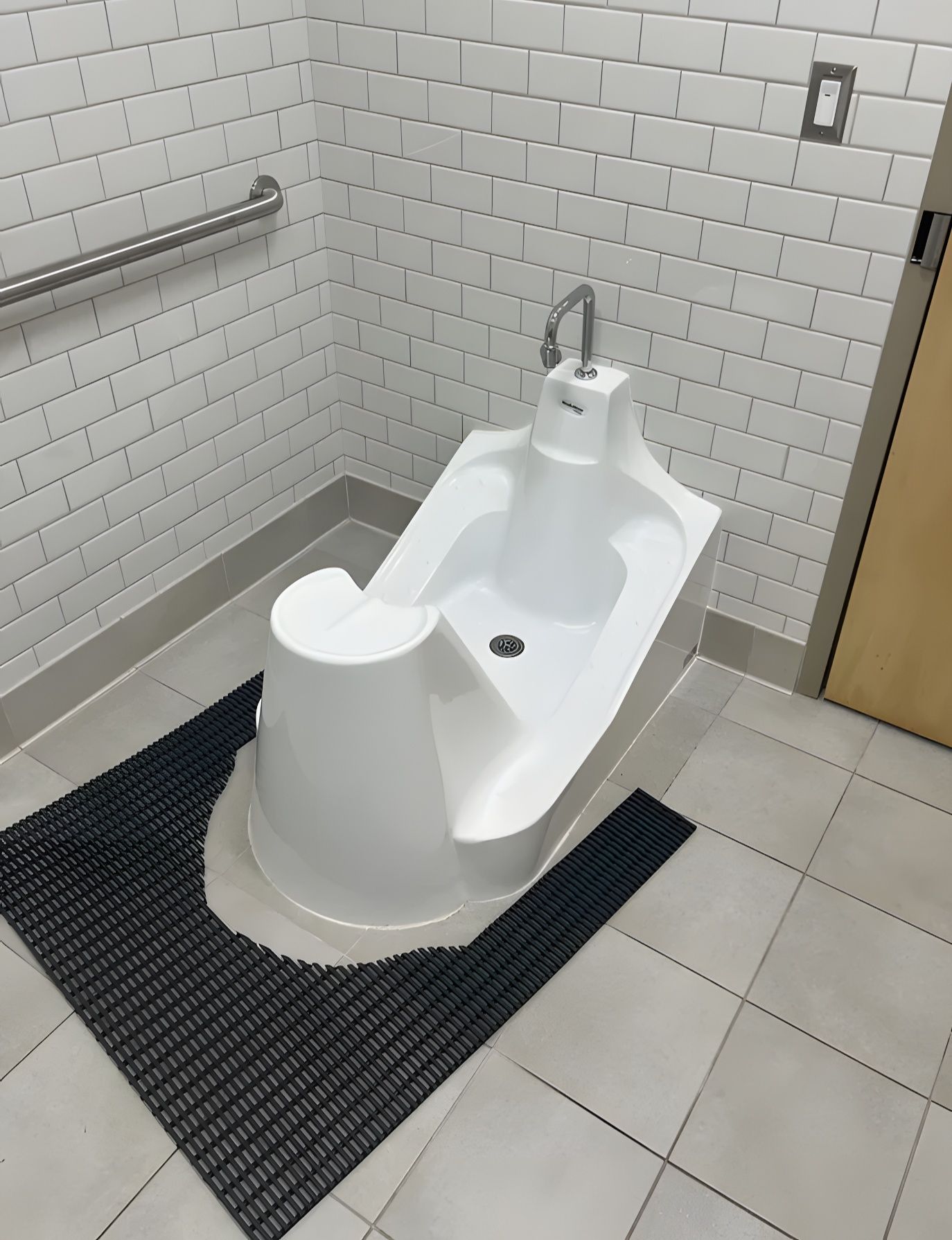In today’s fast-paced world, stepping into a mosque and experiencing the peaceful simplicity of wudu—Islamic ablution—can feel like a breath of fresh air. What was once a basic setup of low faucets and slippery tiles has evolved into something much more intentional and accommodating.

The modern mosque wudu basin isn’t just about washing up before prayer—it’s a seamless blend of tradition, comfort, and inclusive design that honors the spiritual significance of the ritual while adapting to the needs of the present day. Wudu itself remains a sacred, unchanging practice—it’s a time to spiritually reset and prepare for salah. But how we perform this ritual has changed for the better. With thoughtfully designed basins, every detail—from faucet placement to seating—has been reimagined to ensure the experience is not only accessible but also meditative. One of the standout features in these updated spaces is the built-in stool.
For older worshippers, those with limited mobility, or even parents assisting young children, bending over a low sink or crouching on wet tiles can be uncomfortable or unsafe. Integrated stools offer sturdy, supportive seating that allows for a calm, unhurried wudu process. It’s a small change, but it dramatically improves the comfort and dignity of those using it. Another innovation lies in the placement and design of the faucets. In traditional settings, performing wudu could involve awkward movements or splashing water everywhere. Today’s elevated faucets are carefully positioned for ease of use and designed to release a gentle flow—just enough to cleanse effectively without waste or mess. This subtle upgrade allows worshippers to focus on the spiritual nature of wudu instead of struggling with logistics. Beyond convenience, modern basins are made with cleanliness and sustainability in mind.
The materials—such as stainless steel or antimicrobial ceramics—are chosen for their smooth, easy-to-clean surfaces. These basins are resistant to stains and water buildup, making them easier to maintain and more hygienic. Many also incorporate water-saving technologies that help preserve resources without detracting from the sacred experience. In this way, the design aligns with both environmental awareness and religious intention. Accessibility is another cornerstone of the modern wudu station. Today’s mosques aim to be welcoming spaces for everyone, regardless of age or ability. That’s why you’ll often see features like adjustable heights, anti-slip floors, and open, barrier-free layouts that ensure every worshipper—whether they’re elderly, disabled, or just new to the space—can fully participate in this important ritual.
This isn’t just about convenience; it’s about showing respect for each individual’s spiritual journey and making sure no one feels left out. But perhaps the most beautiful aspect of the modern wudu area is how it has become a place of reflection. It’s not just functional anymore—it’s serene. Thoughtful design elements like soft lighting, uncluttered spaces, and the gentle sound of flowing water create a calm environment that invites you to slow down and be present. In a way, it’s a sacred pause before the prayer begins, giving you a moment to breathe, collect your thoughts, and prepare your heart. This mindful approach to wudu stands in stark contrast to the rush of everyday life and serves as a reminder that worship is not just about the act itself, but the preparation and intention behind it. In blending tradition with innovation, modern wudu basins reflect a deeper commitment to community, dignity, and spiritual mindfulness. They show how even the smallest design elements—like the angle of a faucet or the curve of a stool—can elevate a centuries-old ritual into something that feels both timeless and timely. These changes don’t replace tradition; they enhance it. By honoring the past while embracing the needs of today’s worshippers, the modern wudu area becomes more than just a place to wash—it becomes a symbol of how design can support devotion in the most meaningful ways. In this space, practicality and spirituality go hand in hand, reminding us that when every step of the journey is respected, the destination becomes all the more profound.





